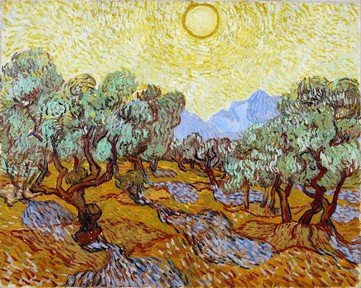Quiz Answer Key and Fun Facts
1. The "Alexander Mosaic" is a mosaic from the House of the Faun in Pompeii. The mosaic shows Alexander the Great's forces against Darius III's army. What battle is depicted in the mosaic?
2. "The Battle of San Romano" is a set of three paintings by Paolo Uccello. These paintings show the Battle of San Romano between Florentine and Sienese forces. What Florentine family's symbol, an orange fruit, is shown in the trees of the painting?
3. "The Surrender of Breda" by Diego Velazquez shows the Spanish victory at Breda during the Eighty Years War. This painting is also known by some by what other name?
4. Benjamin West's "The Death of General Wolfe" dates back to the late 18th century. It shows the British General Wolfe dying during the Battle of Quebec, while being surrounded by several soldiers. What war is the scene in the painting from?
5. Eugene Delacroix's "Liberty Leading the People" was created to commemorate the French Revolution of 1830, where the French overthrew Charles X. The painting shows an allegorical woman, Liberty, leading the French uprising. This painting was used on the cover of what Coldplay album?
6. Trajan's Column, which is located in Trajan's Forum, is a large Roman column with a continuous frieze carved into it. The frieze specifically shows two conquests of what kingdom?
7. The famed Bayeaux Tapestry details the Norman invasion of England during the late 11th century.
8. Jacques-Louis David painted five versions of "Napoleon Crossing the Alps" between 1801-1805. While keeping the same composition, David modified the colors and tones in each painting. The paintings show Napoleon crossing what pass in the Alps?
9. The "Consequences of War" was created in the 17th century by Peter Paul Rubens as his take on what war in Europe?
10. "The Third of May 1808" was painted by what Spanish painter in 1814?
Source: Author
ThurstAsh
This quiz was reviewed by FunTrivia editor
looney_tunes before going online.
Any errors found in FunTrivia content are routinely corrected through our feedback system.

